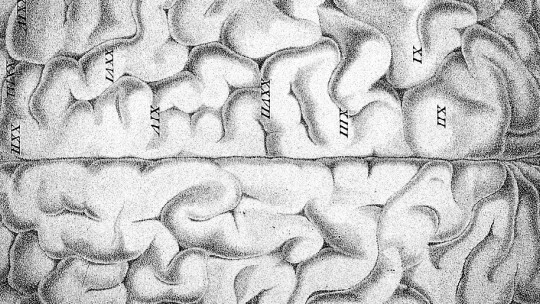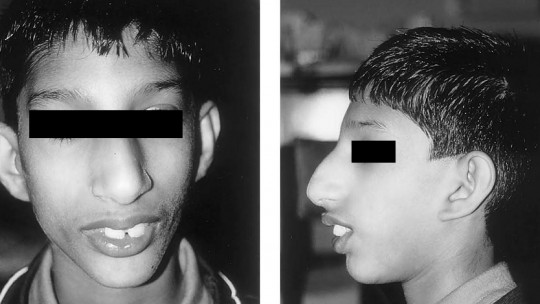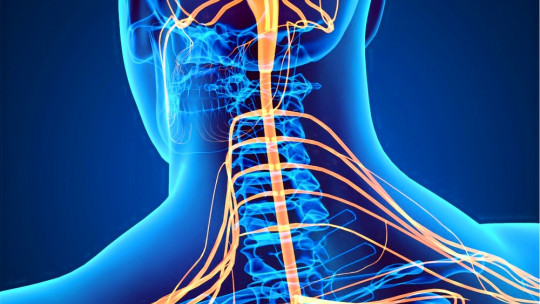
The visual system is one of the most valuable and developed sensory systems for humans. Thanks to it we are able to detect the presence of the different elements that are part of our environment as well as identify their shape, proportions and position in space and in relation to us.
However, sometimes this system can be damaged for some reason, or the brain areas in charge of its management or interpretation of the data derived from it can do so. One of the medical problems or syndromes that can result from brain injuries is Bálint syndrome
Balint syndrome: what is it?
The so-called Bálint syndrome is a medical condition caused by the presence of brain injuries and characterized by the presence of different alterations linked to the control of the visual system that hinder and even prevent the adaptive use of said system, highlighting optic ataxia, oculomotor apraxia, perceptual problems and the difficulties derived from them, such as visual agnosia.
This can cause serious damage to the person’s daily life, as they lose a large part of their functionality.
Basic symptoms
Specifically, this syndrome is characterized by the fact that those who suffer from it have optic ataxia, that is, the inability to correctly coordinate visual information and hand movement. The subject is unable to perform tasks that require this coordination although their visual perception and motor system function correctly separately.
Oculomotor apraxia also appears, which in this case refers to the inability to modify the focus of visual attention due to the absence or decrease of voluntary control of ocular activity. The gaze remains fixed on one point and it is difficult or impossible to change it regardless of whether stimulation occurs at another point in the visual field, or it presents erratic movements.
Another of the main symptoms of Bálint syndrome is simultanagnosia, in which the subject is unable to observe more than one object at a time without the previous ones disappearing from the perceptual field. The subject has serious difficulties in capturing complex visual stimulations, which he may not understand. In addition, there is often a high degree of disorientation in space.
Finally, it is also common for alterations such as visual agnosia to appear, in which the person suffering from this syndrome is unable to understand or identify what they are seeing and which can give rise to phenomena such as prosopagnosia or lack of face recognition.
Causes of this syndrome
Bálint syndrome is mainly caused by the presence of bilateral brain injuries in which both parietal lobes are affected, especially in the areas in contact with the occipital. Among these areas can be found the angular gyrus, which in turn can cause cognitive alterations, disorientation and association problems between language and image.
The causes of these injuries can be multiple, from the presence of strokes to craniocerebral trauma that affect these areas. In addition, there may be some cases caused by neurodegenerative diseases, such as dementia. It also occasionally appears in complications derived from HIV infection, as well as prion disease.
Functional alterations in patients
Those individuals suffering from Bálint syndrome have serious problems continuing their daily lives normally. They have difficulties coordinating vision and motor skills and they may not correctly perceive what is around them Aspects such as dressing or feeding become greatly complicated in some cases, as well as any activity that requires fine motor skills and vision. Reading and writing becomes difficult or impossible, as does driving or operating delicate machinery. Sometimes communication problems may arise in the presence of agnosia or the difficulty of associating concepts with their corresponding images.
Furthermore, since it usually appears abruptly, it represents a significant interruption that can cause serious psychological effects it is not uncommon to experience anxiety, anguish and even in some cases depression.
Treatment
Bálint syndrome is the result of a severe brain injury, so The treatment is dedicated to improving and trying to recover lost functions from rehabilitation. In most cases, an approach focused on occupational therapy is used (either through traditional means or through the use of new technologies) that allows, as far as possible, to reduce the patient’s difficulties and enhance their abilities, as well as advice and treatment. psychological in the required cases.
Some level of recovery is possible although it will depend on the type of injury that has caused the syndrome, the state of the damaged or isolated neurons and the use of strategies that allow recovery or compensation or the typical functions of the injured areas.








